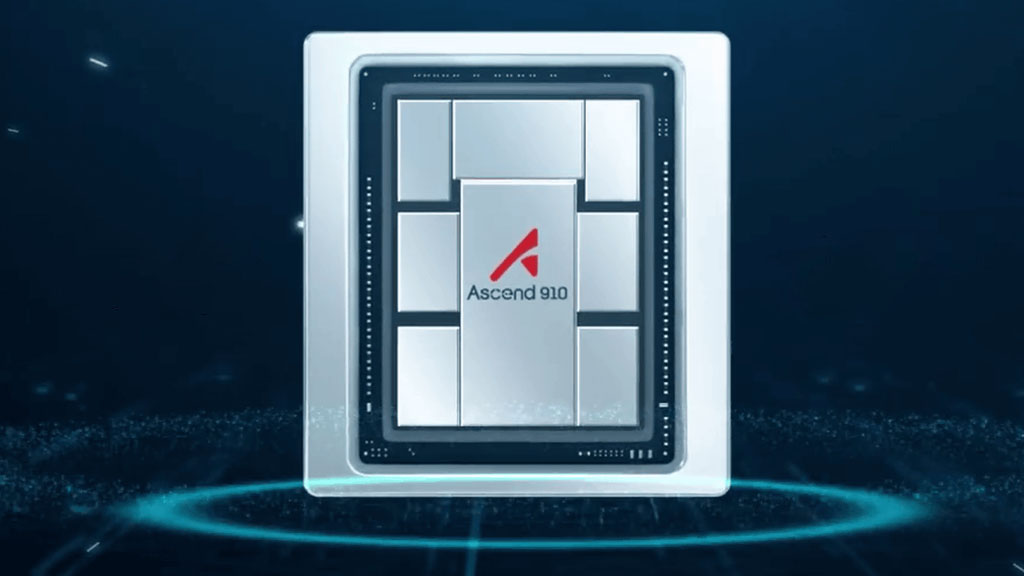seniorspectrumnewspaper – A recent teardown of Huawei’s Ascend 910C AI chip exposes its reliance on foreign components, despite China’s push for homegrown technology. Analysts found the chip contains smuggled TSMC dies alongside high-bandwidth memory (HBM) from Samsung and SK Hynix. This discovery confirms suspicions that Huawei depends on external suppliers for critical parts, complicating China’s goal of full semiconductor independence.
Huawei manufactures the Ascend 910C at SMIC, China’s largest foundry, aiming for complete vertical integration. However, SMIC faces challenges with its 7nm process yields, which limits production capabilities. To bypass export controls, Huawei allegedly used a shell company to obtain nearly three million TSMC dies. These dies are essential for assembling the AI accelerators Huawei claims to produce domestically.
TSMC confirmed the dies in the teardown are from a batch analyzed in October 2024, not newer models. The company stated it halted production and sales to Huawei after discovering the export violations. Semiconductor teardown experts verified that the 910C uses these older TSMC dies along with previous-generation HBM chips from Samsung and SK Hynix.
The use of these foreign components highlights ongoing challenges for Huawei. While it pushes to build AI chips domestically, critical elements like advanced dies and HBM memory remain dependent on international suppliers, especially amid strict export restrictions. This reliance poses a risk to Huawei’s ambitions to compete with global leaders like Nvidia.
Production Bottlenecks and Future Outlook for Huawei’s AI Chips
Huawei’s Ascend 910C AI chip faces significant production bottlenecks, especially concerning high-bandwidth memory supply. Although Huawei stocked some Samsung and SK Hynix HBM chips before export controls tightened, these are aging components running low in inventory. To address shortages, Huawei reportedly desolders memory from other products repackaged solely to reclaim HBM chips.
This HBM shortage is the biggest hurdle in scaling production. The 910C delivers roughly half the performance of Nvidia’s popular H100 AI chip. Despite being less powerful, it reportedly costs Huawei nearly as much to produce as the H100 sells for on Amazon.
Additionally, the Ascend 910C suffers from subpar packaging and thermal inefficiencies. Huawei must still manufacture millions of these chips to meet growing domestic AI demand. Analysts estimate that Huawei will produce around one million 910C units in 2026 due to these supply constraints.
Read More : Final Fantasy 7 Remake Part 3 Hints at Wider Launch
However, the Chinese government is investing billions in local AI chip and HBM manufacturing facilities. These loans aim to reduce reliance on foreign components and boost production capacity. As domestic foundries improve, Huawei could increase output and improve its chip designs.
In summary, Huawei’s Ascend 910C AI chip shows China’s semiconductor ambitions but also reveals critical supply vulnerabilities. Overcoming foreign component dependence remains essential for Huawei’s success in AI hardware. With government support, China may accelerate its push toward fully self-reliant AI chip production in the near future.


